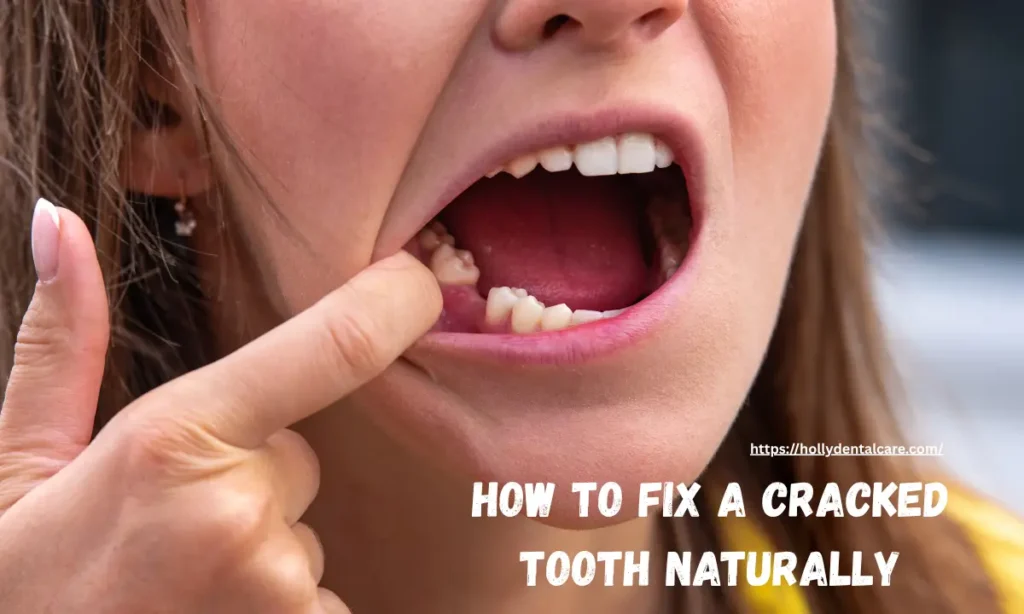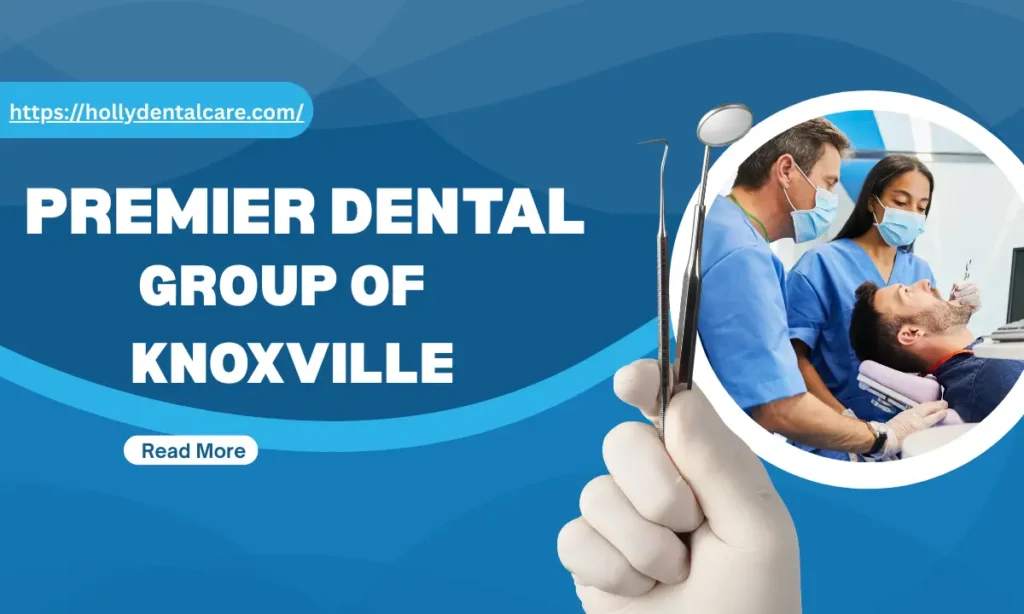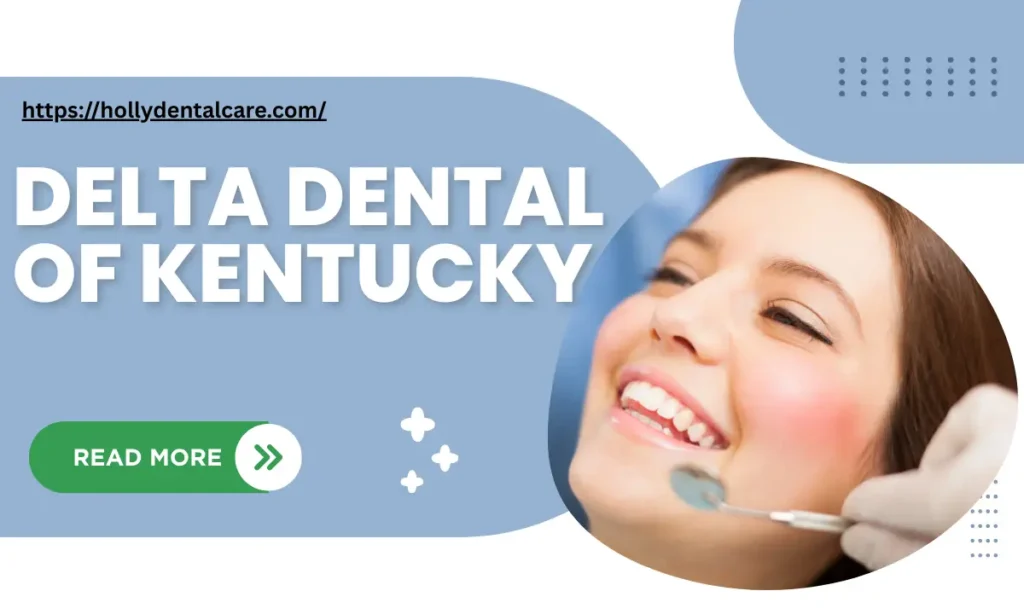Some tooth cracks are common dental problems which can arise from trauma, grinding teeth, chewing hard foods, or aging. Depending on the vary in severity and position, a tooth can fracture and cause pain from chewing, sensitivity to temperature changes, or even come and go sharp shooting pain. The management of a broken tooth has always depended on its characteristics and included crowns and fillings as well as root canal therapies. Many people consider some homoepathic remedies to temporarily relieve pain, especially when it is difficult to see a dentist immediately or in cases of minor chips of enamel.
Types of Cracked Teeth
A cracked tooth may sometimes not be noticed immediately. It can vary widely in depth and position-from superficial fissures in the enamel to vertical root fractures, extending deep into the tooth. The following illustrates the most common different types:
- Craze lines – tiny surface cracks in the enamel, oftentimes benign.
- Fractured cusp – a piece of the chewing surface breaks off.
- Cracked tooth – a crack extends from the crown toward the root.
- Split tooth – a tooth that has split into distinct segments.
- Vertical root fracture – begins in the root and travels toward the chewing surface.
Symptoms of a Cracked Tooth
- A short but sharp stab on chewing or biting.
- Perceptible sensitivity toward temperature changes.
- Intermittent or lingering discomfort.
- Swelling in the area surrounding a tooth.
- Random unpredictable pain.
Cracked teeth can lead to the dangers of infection, tooth loss, gum abscess, and damage to surrounding teeth. Although symptoms can be treated symptomatically using natural means and severe creaks may be helped in small cases, deeper structural cracks always require dental treatment in the end.
Immediate Natural Remedies to Manage Discomfort
- Use a cotton swab to dab clove oil on the second part and then let it sit on the aching tooth for about 10-15 minutes at least twice a day to numb the pain and disinfect.
- Apply turmeric paste ( either with water or coconut oil) in that area for about 10 -15 mins and rinse it off.
- The last, but by no means the least, is place an iced peppermint teabag over that tooth for about 10 to 15 minutes, which will soothe any discomfort.
Natural Methods to Support Enamel and Dentin Health
- While enamel cannot regrow, it is still possible to shield its protection through strengthening other structures. Also, it helps to restore dentin health.
- Moreover, swish 1 tablespoon of coconut or sesame oil for 10–20 minutes daily. So, it can reduce bacteria and inflammation.
- Herein, eat calcium-rich foods like dairy and leafy greens.
- In addition, ensure that sufficient amounts of vitamin D are obtained through sunlight or supplements.
- Additionaly, apply remineralizing toothpaste that contains hydroxyapatite, xylitol, or calcium phosphate. Here, avoid acidic foods and drinks.
- Moreover, avoiding chewing on hard objects. If you grind teeth, use a nightguard.
- These measures can slow the propagation of cracks but cannot reverse structural damage already done.
Signs Natural Remedies Aren’t Enough
- Persistent or worsening pain
- Swelling or pus near the tooth
- Visible fracture extending below the gum line
- Increased sensitivity that doesn’t improve
- Discoloration of the tooth
- Chewing on that side is difficult.
Preventive Steps to Avoid Further Cracking
- It is important to stay well hydrated in order to create saliva and help protect enamel.
- In this context, chewing sugar-free gum will also promote the production of saliva.
- A custom night guard should also be used for teeth grinding or clenching.
- Eat mindfully: avoid extreme temperatures, cut food into small pieces, and chew slowly.
- And, practice proper oral hygiene by brushing gently twice daily and flossing regularly.
- Here, don’t skip routine dental checkups.
- Later, combine natural care with professional monitoring to catch worsening cracks early.
Conclusion
Apparent efficacy of natural medicine or remedies in the initial treatment of moderate pain, inflammatory reduction, and optimization of oral health are read via minor cracks on the enamel or provision of initial treatment before visiting the dentist. Mature and poorly fragmented pieces of teeth cannot be treated with alternative medicine. For all intents and purposes, one broken tooth presents an integrity break; the body may relieve symptoms and heal, but it won’t repair damage. At that stage, a gentle home remedy may do the trick in course of treatment, but professional diagnosis and treatment are really important. Teeth are part of a large biological system, and most of the time their preservation was done by traditional wisdom as well as the technical prowess of modern dentistry.
Also read:- When to Stop Using Gauze After Tooth Extraction: Tips for Fast Recovery



